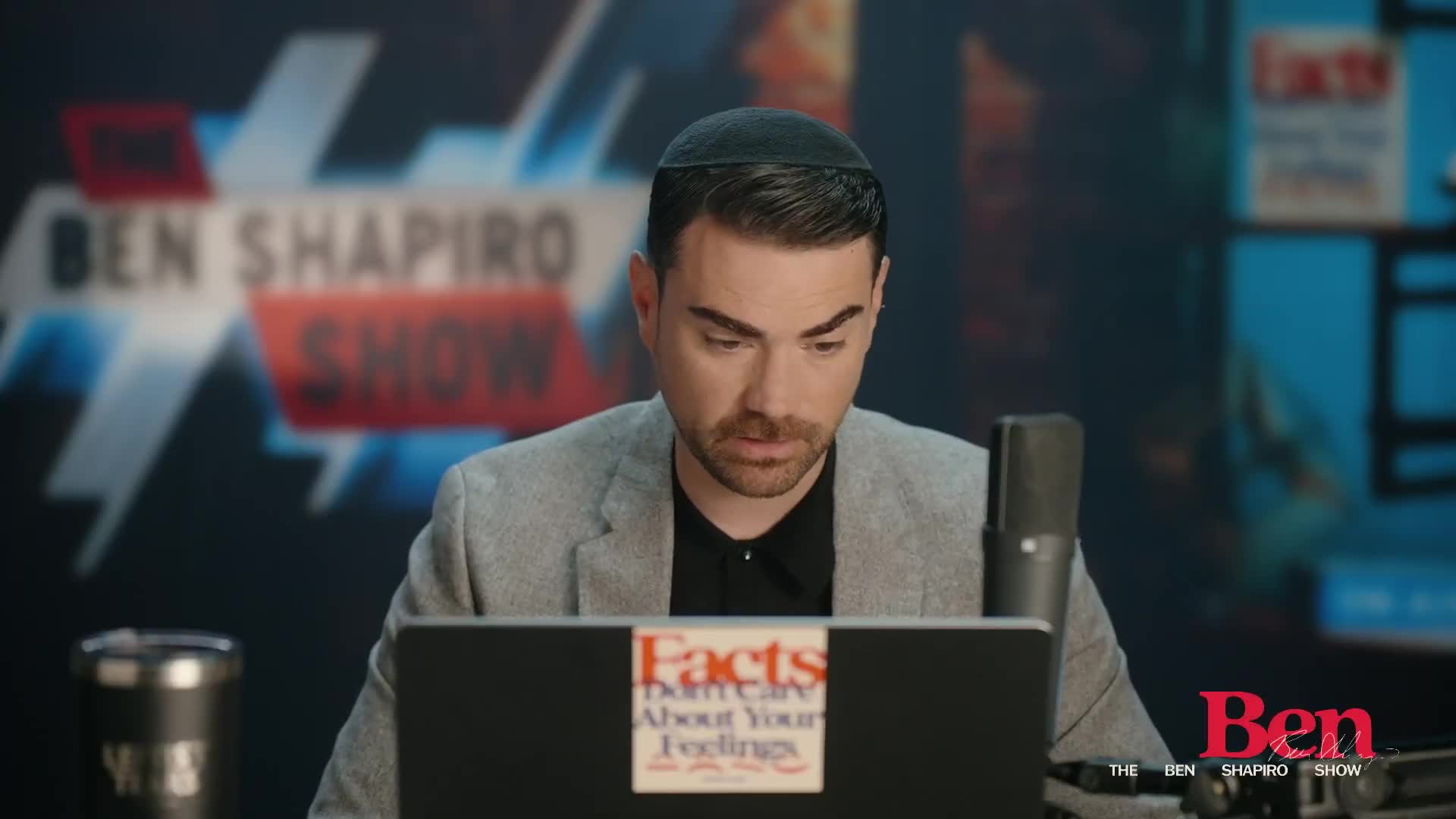Security Operations
What led to the capture of the ex-soldier accused of leaking military secrets to a foreign espionage agency?
The 80-year-old ex-soldier, who was skilled at counter-surveillance, was captured after Chinese national security officers intercepted communications from a foreign espionage agency instructing him to steal secrets from a specific military base. Despite his secretive nature and the challenging terrain where he was located, officers set a trap that led to his arrest. The Ministry of State Security discovered he had been sharing photos and videos of troop deployments, weapon configurations, and military barracks through social media accounts. The suspect had previously been dismissed from military service due to disciplinary issues.
Watch clip answer (01:44m)What is Defense Secretary Pete Hegseth planning regarding the Afghanistan withdrawal?
Defense Secretary Pete Hegseth has announced a full investigation into the disastrous Afghanistan withdrawal. He has already selected investigators who will examine the entire decision-making process, though he has not provided a specific timeframe, stating that while he doesn't want to delay, he wants to ensure the investigation is done correctly. The comprehensive investigation is expected to have significant consequences, with Ben Shapiro suggesting that some officials involved in the withdrawal process may lose their jobs as a result of the findings. This accountability measure represents an important step in addressing what has been widely characterized as a catastrophic military withdrawal.
Watch clip answer (00:27m)Why are the Sudanese Armed Forces winning the hearts of civilians in the ongoing conflict?
The Sudanese Armed Forces (SAF) have gained civilian support because of how they've conducted themselves during the conflict. Despite having problems, the SAF has behaved significantly better than the Rapid Support Forces (RSF), which has committed severe atrocities against civilians. This improved conduct has allowed the SAF to win the hearts of many people on the ground who have suffered under RSF control for almost two years. As the SAF achieves military successes against the paramilitary forces, civilians who experienced the harsh realities of RSF occupation are increasingly supporting the national army's efforts.
Watch clip answer (00:21m)What is the Sudanese Foreign Ministry calling for regarding the Rapid Support Forces' attacks on civilians?
The Sudanese Foreign Ministry is urging regional countries and the international community to take a tough stance against the Rapid Support Forces (RSF). The ministry has characterized the RSF's actions as terrorist attacks on civilians, specifically highlighting their vengeful targeting of civilian populations. With at least 433 civilian deaths reported, the ministry's call for decisive action reflects the severity of the humanitarian crisis unfolding in Sudan as the conflict approaches its second year.
Watch clip answer (00:14m)When did the Sudanese armed forces begin their counteroffensive against the RSF, and what progress have they made?
The Sudanese armed forces launched their counteroffensive on September 26th of last year, initially targeting RSF positions in Khartoum. According to analyst Al Bashir Idris, the army has achieved significant progress since beginning these operations. In the months following the initial counteroffensive, the military has secured 'amazing wins and gains throughout the territory of Sudan.' This shift in momentum comes as the RSF continues brutal attacks against civilians, with over 433 civilian deaths reported in White Nile state alone. The army's advances appear to be bolstered by increasing support from the Sudanese population.
Watch clip answer (00:17m)What is the role of international law in addressing Sudan's ongoing conflict?
According to Sudan analyst Al Bashir Idris, international law has become ineffective in stopping Sudan's ongoing conflict. He states that the international community once had 'teeth' in the form of international law, but this mechanism has now become 'toothless' in its ability to halt the war. This ineffectiveness has led to the continuation of violence in Sudan. The failure of global diplomatic efforts has allowed the conflict to persist, contributing to one of the world's worst humanitarian crises with hundreds of civilian casualties.
Watch clip answer (00:19m)



